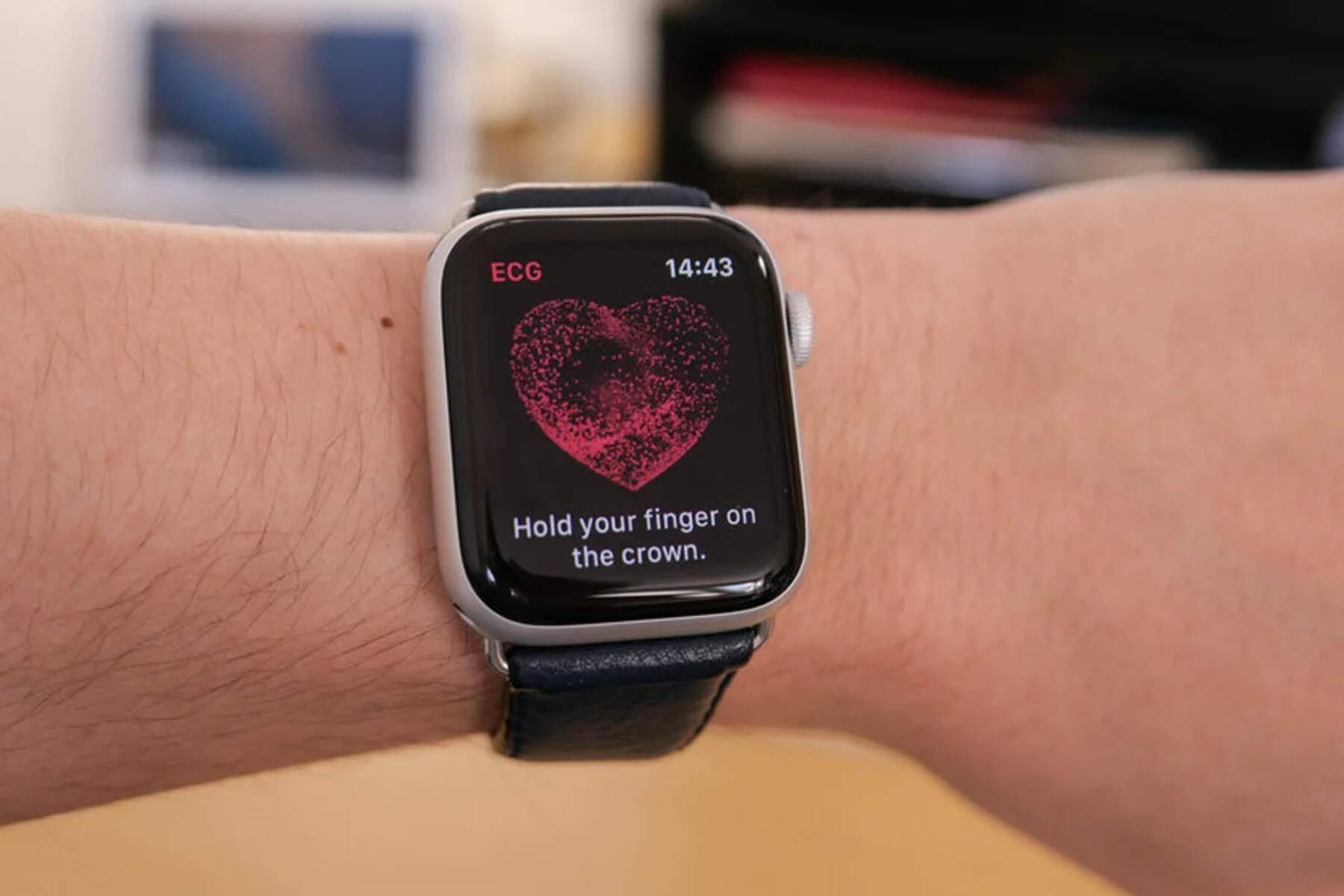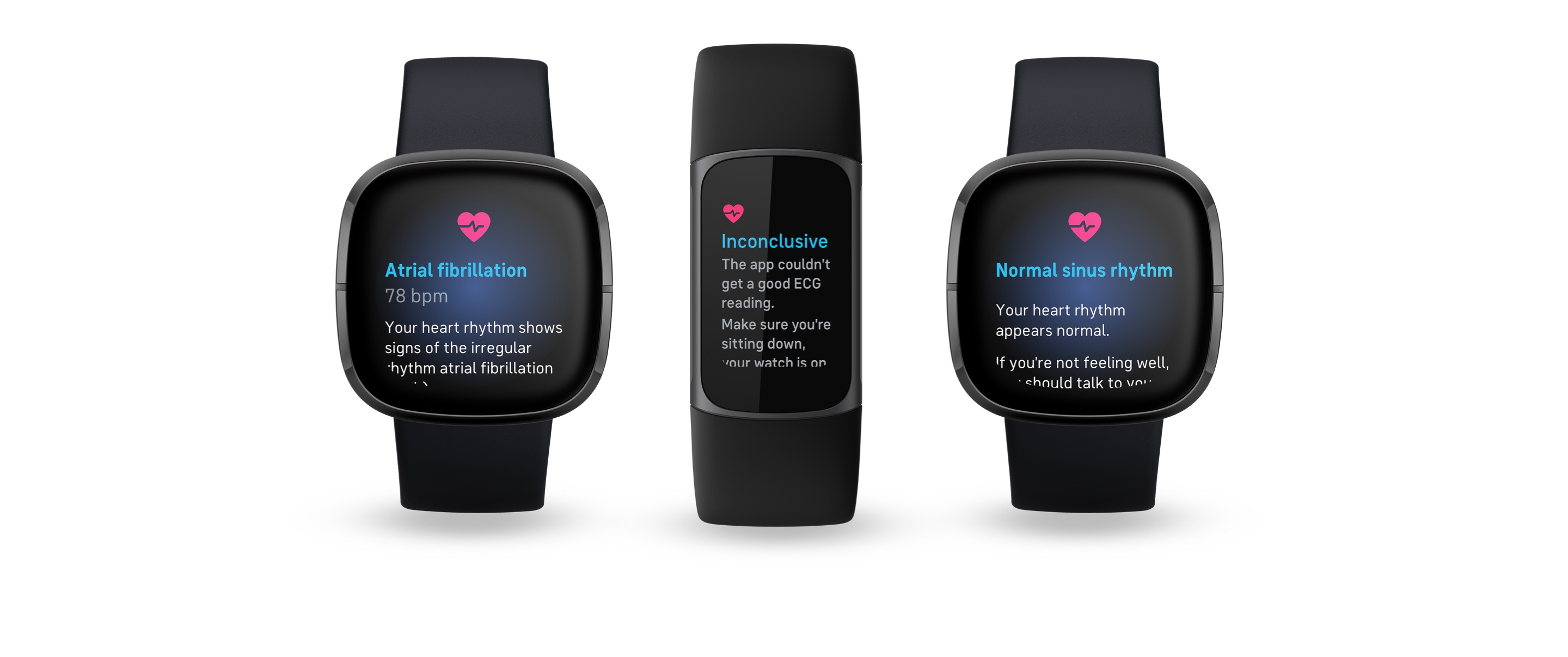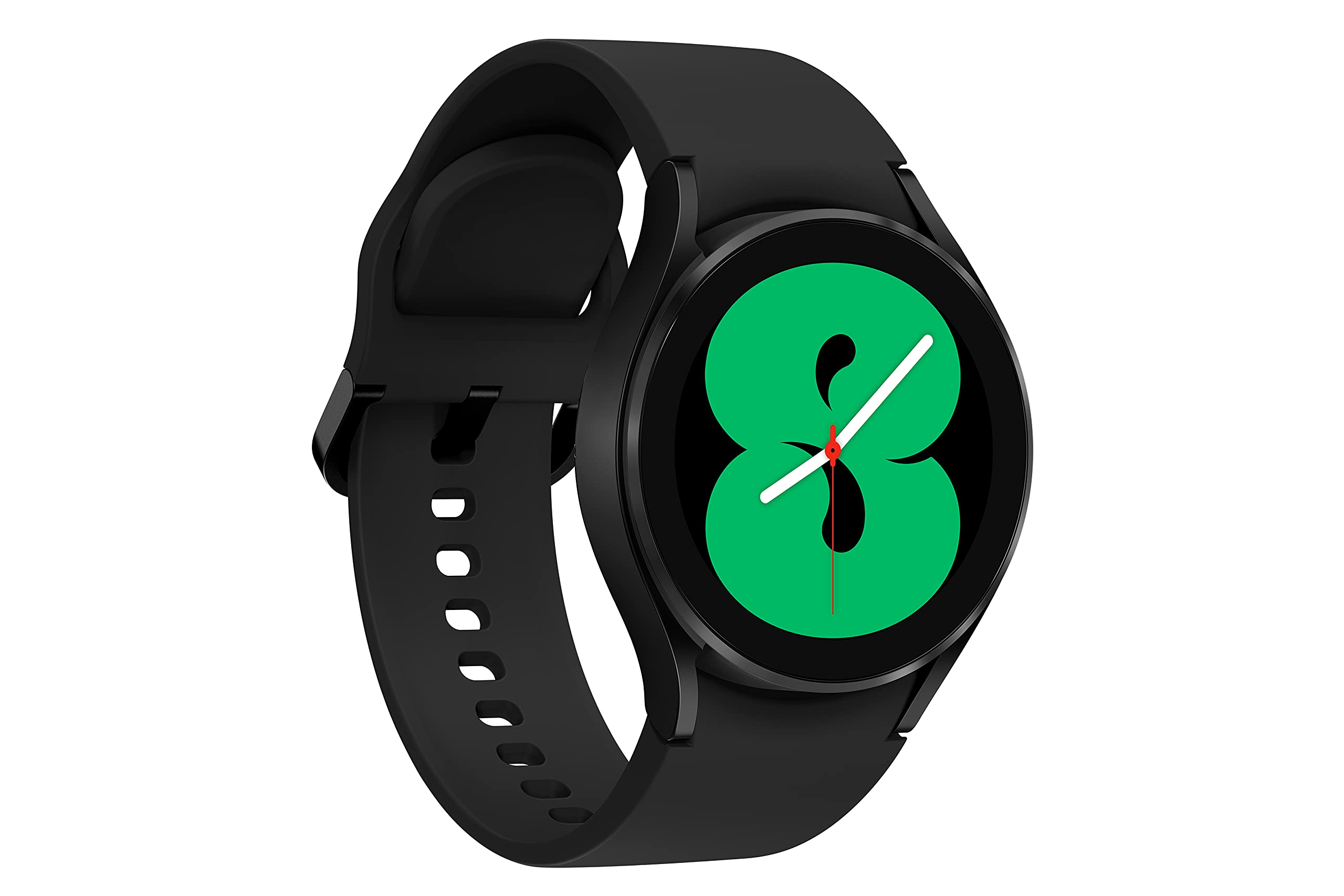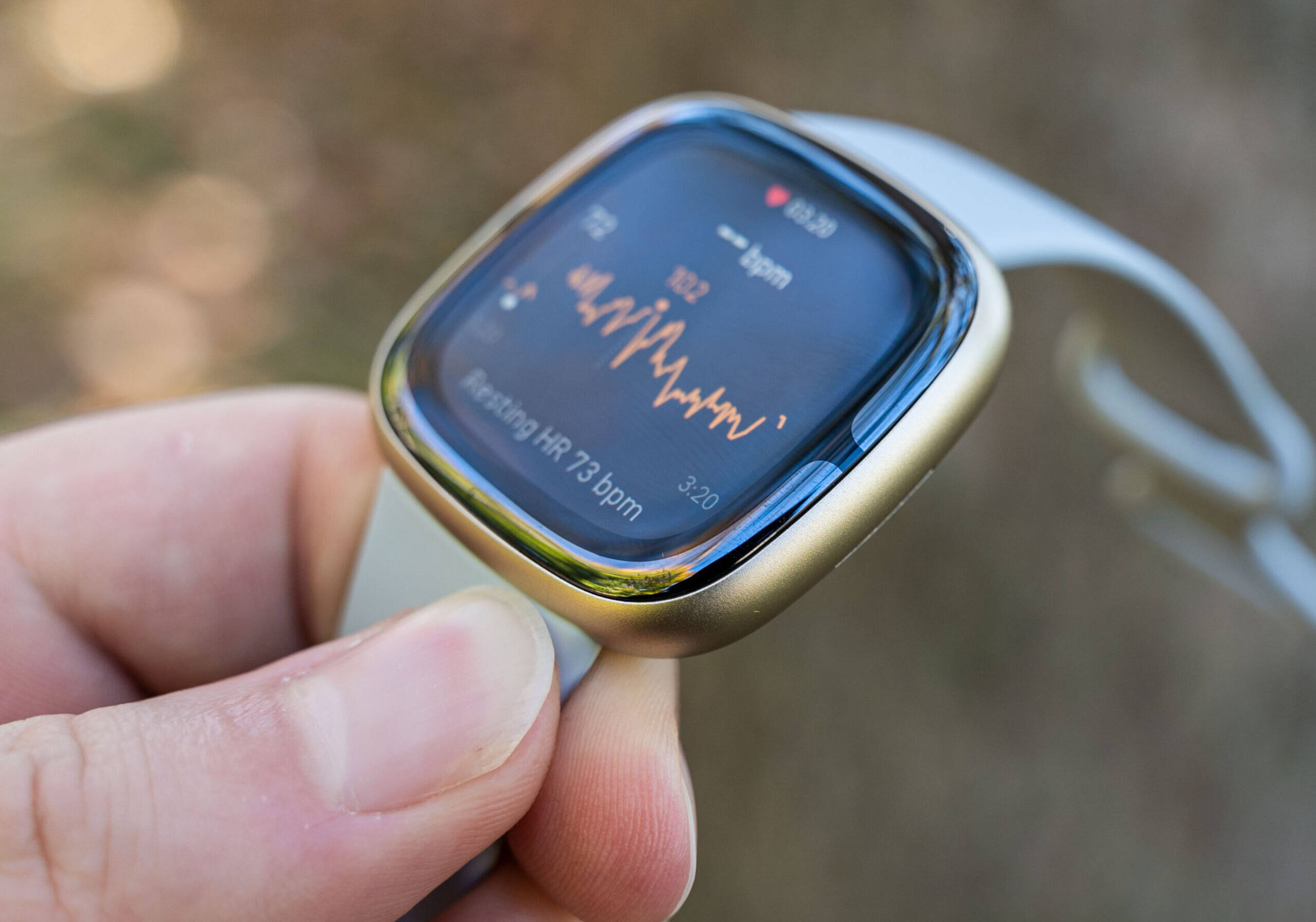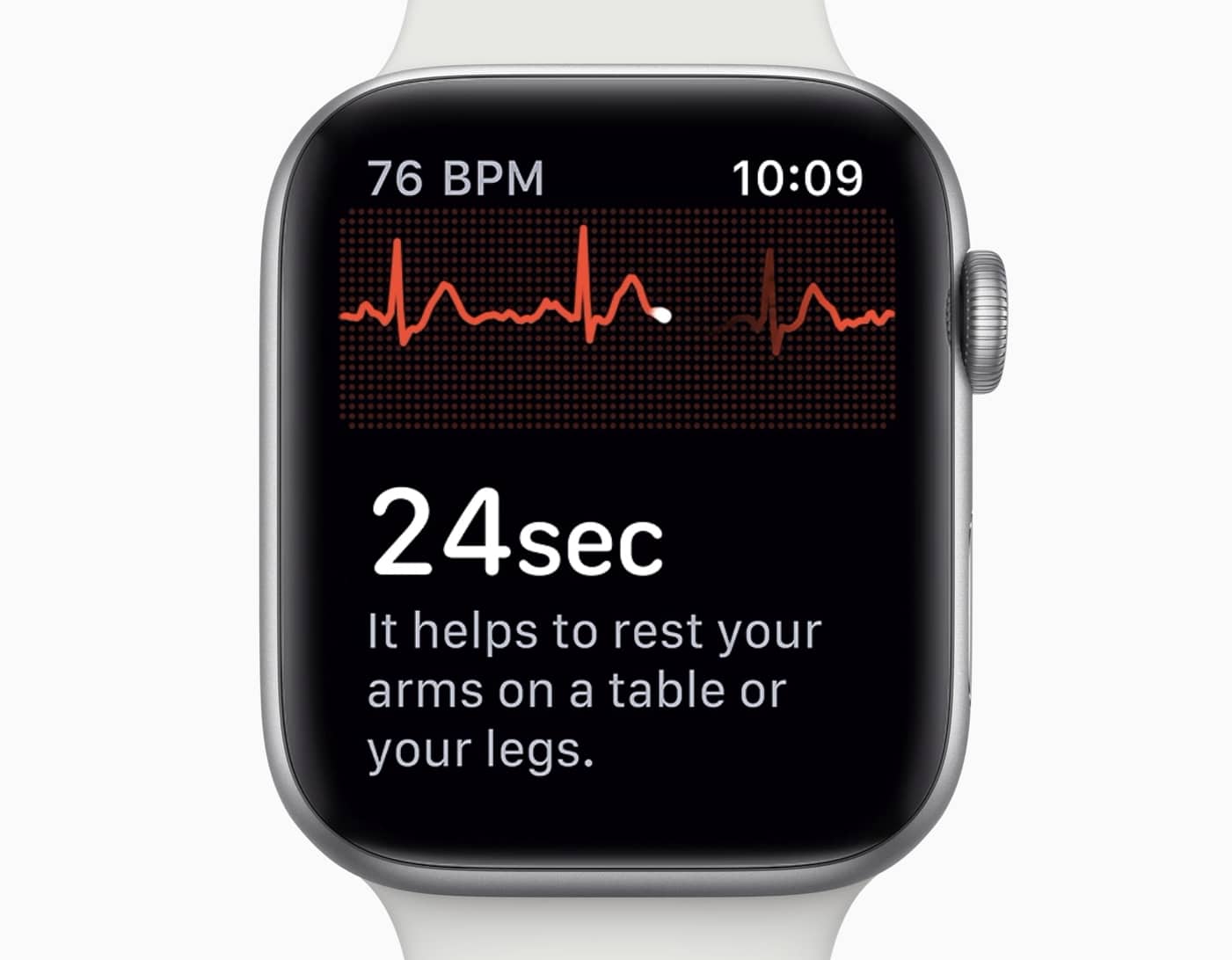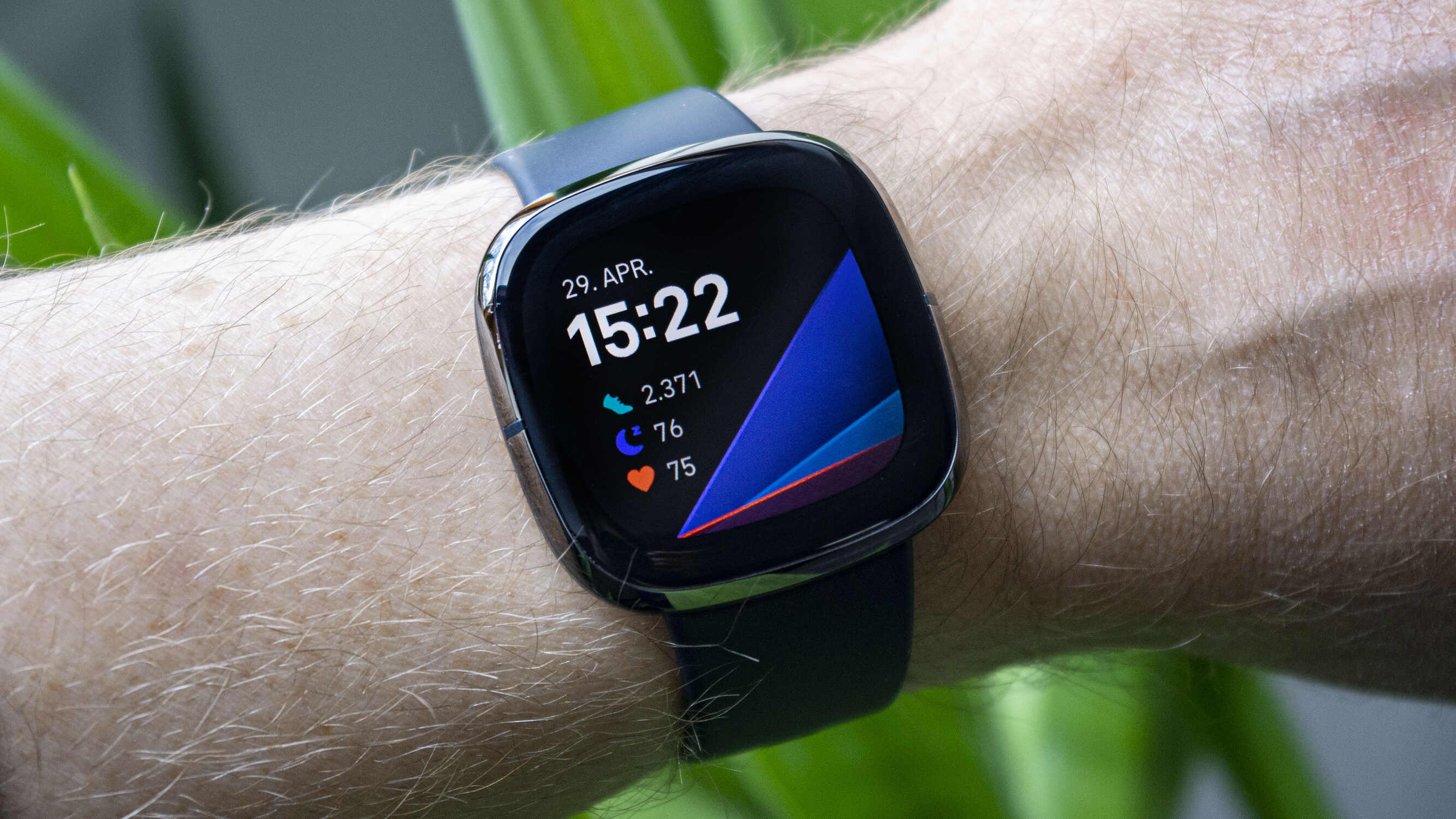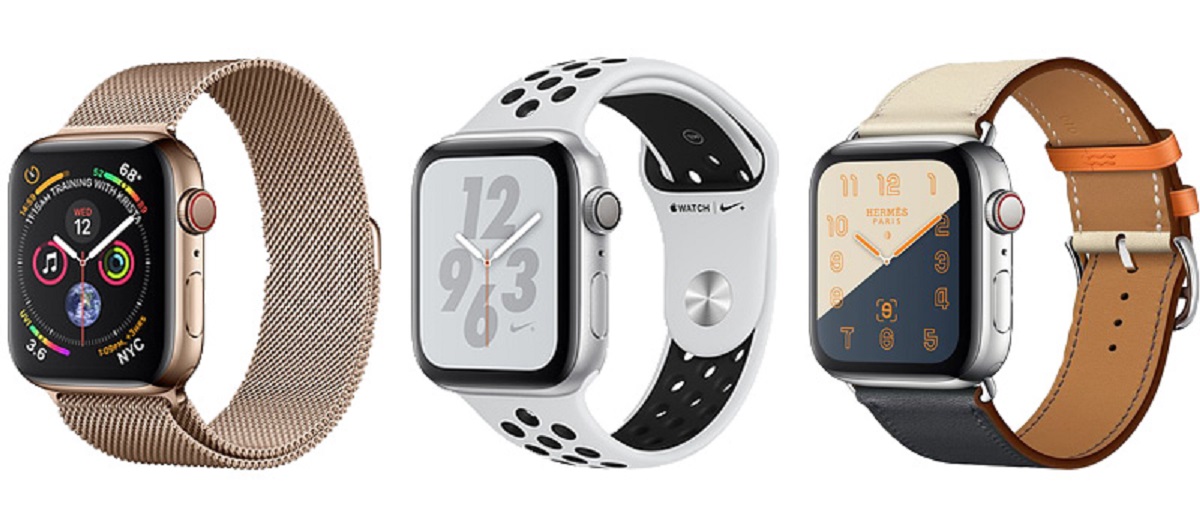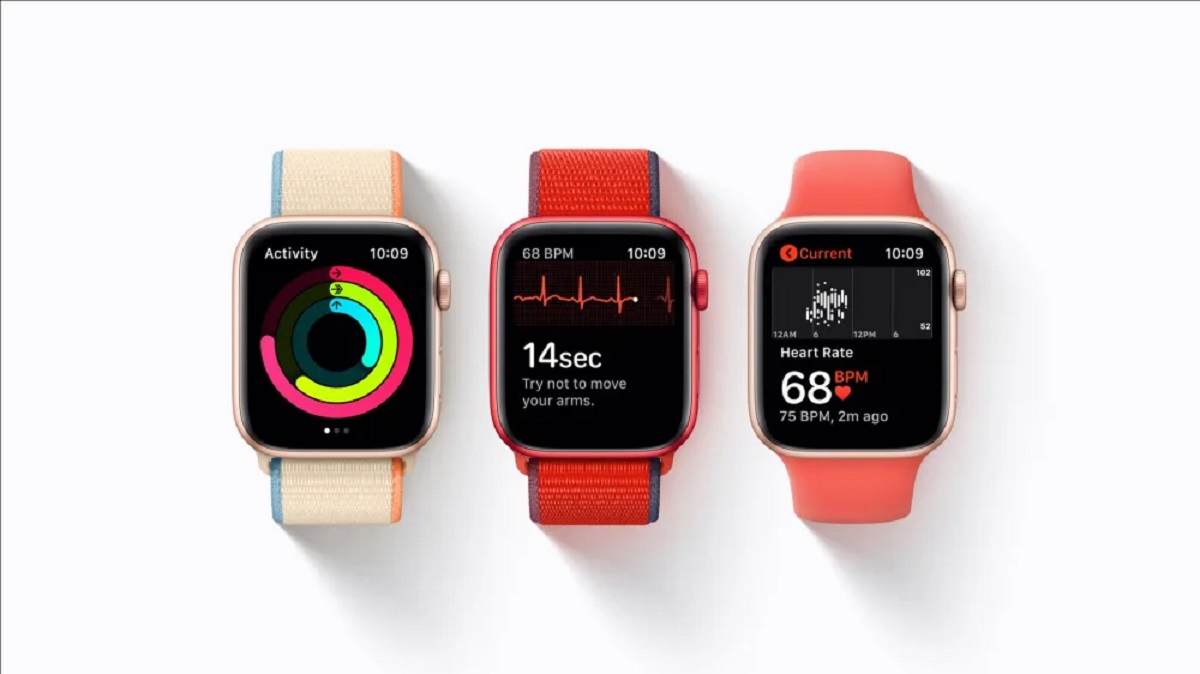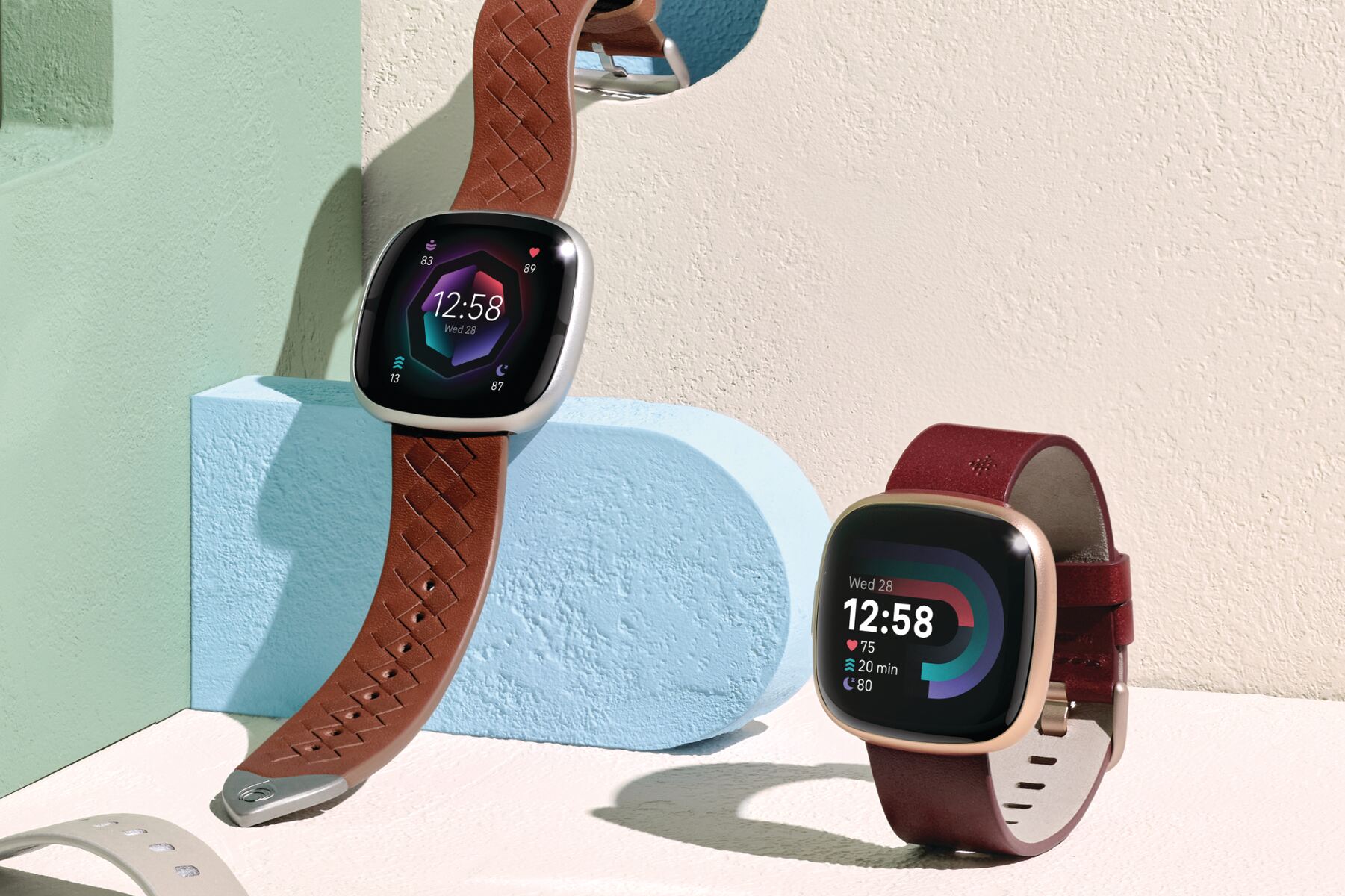Introduction
Smartwatches have evolved from simple timekeeping devices to advanced health monitoring tools. One of the significant advancements in smartwatch technology is the integration of electrocardiogram (ECG) functionality. This innovation allows users to monitor their heart health conveniently and continuously, providing valuable insights into their cardiovascular well-being.
As the demand for proactive health management grows, the incorporation of ECG on smartwatches has garnered attention from consumers and healthcare professionals alike. This article delves into the significance of ECG monitoring on smartwatches, exploring its benefits, limitations, and practical usage. Understanding the implications of ECG integration in wearable technology is crucial for individuals seeking to optimize their health and well-being.
The integration of ECG on smartwatches represents a pivotal advancement in personal health monitoring. With the ability to capture and analyze heart rhythm data, users can gain a deeper understanding of their cardiovascular health, enabling early detection of potential issues. This proactive approach to heart health empowers individuals to make informed decisions and seek timely medical intervention when necessary.
Furthermore, the accessibility and convenience offered by ECG-enabled smartwatches have the potential to revolutionize preventive healthcare. Users can effortlessly monitor their heart rhythm throughout the day, allowing for continuous health tracking without the need for frequent visits to healthcare facilities. This seamless integration of technology into daily life promotes a proactive and holistic approach to personal well-being.
In the following sections, we will explore the intricacies of ECG technology, the benefits and limitations of ECG monitoring on smartwatches, and practical insights into utilizing this feature effectively. By gaining a comprehensive understanding of ECG integration in smartwatches, individuals can harness the power of wearable technology to prioritize their cardiovascular health and overall well-being.
What is ECG?
Electrocardiogram (ECG) is a diagnostic tool used to assess the electrical activity of the heart. This non-invasive procedure involves the placement of electrodes on the skin, typically on the chest, which detect and record the electrical impulses generated by the heart as it beats. The resulting ECG waveform provides valuable insights into the heart’s rhythm, rate, and overall cardiac health.
The ECG waveform consists of distinct components that reflect different phases of the cardiac cycle. The P wave represents atrial depolarization, signaling the contraction of the atria. This is followed by the QRS complex, which signifies ventricular depolarization and the subsequent contraction of the ventricles. Finally, the T wave reflects ventricular repolarization, indicating the recovery phase of the cardiac muscle.
ECG recordings are instrumental in diagnosing various cardiac conditions, including arrhythmias, myocardial infarction, and conduction abnormalities. By analyzing the ECG waveform, healthcare professionals can assess the heart’s electrical activity, identify irregularities, and formulate appropriate treatment plans. Furthermore, ECG monitoring plays a crucial role in preventive cardiology, enabling early detection of potential heart issues and guiding lifestyle modifications for improved cardiovascular health.
Traditionally, ECGs have been performed in clinical settings using specialized equipment operated by trained healthcare professionals. However, technological advancements have facilitated the integration of ECG functionality into wearable devices, such as smartwatches. This convergence of medical diagnostics and consumer technology has extended the accessibility of ECG monitoring, empowering individuals to proactively monitor their heart health in real time.
Understanding the fundamental principles of ECG is essential for interpreting the data generated by ECG-enabled smartwatches. By recognizing the significance of ECG waveforms and their correlation to cardiac function, users can leverage this knowledge to make informed decisions about their cardiovascular well-being. The integration of ECG technology into everyday wearables represents a remarkable fusion of medical science and consumer electronics, offering a new dimension of personalized health monitoring.
ECG on Smartwatches
The integration of ECG functionality into smartwatches marks a significant advancement in wearable technology, elevating these devices beyond conventional fitness tracking and notifications. ECG-enabled smartwatches are equipped with specialized sensors that enable users to perform on-demand electrocardiogram recordings directly from their wrists. This seamless integration of medical-grade technology into everyday wearables empowers individuals to monitor their heart health with unparalleled convenience.
ECG-capable smartwatches utilize advanced algorithms and sensor arrays to capture and analyze the electrical activity of the heart. By simply placing a finger on the watch’s designated sensor or wearing the device on the wrist, users can initiate an ECG recording, generating valuable data that reflects their heart’s rhythm and electrical patterns. The resulting ECG waveform is then processed and displayed on the smartwatch’s screen, providing real-time insights into cardiac function.
Moreover, ECG-enabled smartwatches often incorporate sophisticated software features that enhance the interpretability of ECG recordings. These devices can detect irregular heart rhythms, such as atrial fibrillation, and prompt users to seek further medical evaluation. Additionally, the ability to store and share ECG data with healthcare professionals facilitates remote monitoring and enables timely intervention when potential cardiac issues are identified.
The integration of ECG on smartwatches represents a paradigm shift in personal health monitoring, offering users the ability to proactively assess their cardiovascular well-being in diverse settings, from the office to the gym. This seamless integration of medical-grade diagnostics into everyday wearables aligns with the growing emphasis on preventive healthcare and empowers individuals to take charge of their heart health with unprecedented ease.
As smartwatch technology continues to evolve, the incorporation of ECG functionality sets a new standard for comprehensive health monitoring. The convergence of consumer electronics and medical diagnostics in the form of ECG-enabled smartwatches exemplifies the potential of wearable technology to transcend its traditional role and become indispensable tools for proactive health management.
Benefits of ECG Monitoring
ECG monitoring, facilitated by the integration of ECG functionality in smartwatches, offers a multitude of benefits that contribute to proactive health management and early detection of cardiac irregularities. These advantages underscore the transformative impact of wearable ECG technology on individuals’ cardiovascular well-being.
- Continuous Heart Health Tracking: ECG-enabled smartwatches empower users to monitor their heart rhythm continuously throughout the day, providing a comprehensive overview of cardiac activity in various daily scenarios, including periods of rest, exercise, and stress. This continuous monitoring facilitates the detection of irregular heart rhythms and enables users to identify potential triggers or patterns associated with cardiac events.
- Early Detection of Arrhythmias: The real-time ECG recordings captured by smartwatches can aid in the early detection of arrhythmias, including atrial fibrillation. Timely identification of irregular heart rhythms allows individuals to seek medical evaluation promptly, potentially preventing adverse cardiac events and complications.
- Remote Monitoring and Medical Consultation: ECG-enabled smartwatches enable users to share their ECG recordings with healthcare professionals for remote monitoring and consultation. This seamless transfer of data facilitates timely medical intervention and enables healthcare providers to make informed decisions based on the captured ECG waveforms, enhancing the overall quality of care.
- Empowerment Through Data Insights: By gaining access to their ECG data, users are empowered to gain insights into their heart health, fostering a proactive approach to cardiovascular well-being. The ability to review and interpret ECG waveforms on smartwatches promotes self-awareness and encourages individuals to make informed lifestyle choices that support heart health.
- Facilitation of Preventive Cardiology: ECG monitoring on smartwatches aligns with the principles of preventive cardiology, allowing individuals to proactively manage their cardiovascular health and implement lifestyle modifications based on the insights derived from ECG recordings. This proactive approach can contribute to the prevention of cardiovascular diseases and the optimization of overall heart function.
The benefits of ECG monitoring on smartwatches extend beyond individual health management, impacting the broader landscape of preventive cardiology and remote healthcare. By harnessing the power of ECG-enabled wearable technology, users can actively engage in the preservation of their cardiovascular well-being, leveraging actionable insights derived from real-time ECG recordings to make informed decisions and prioritize heart health.
Limitations of ECG on Smartwatches
While ECG integration in smartwatches offers remarkable capabilities for heart health monitoring, it is essential to acknowledge the limitations associated with this technology. Understanding these constraints is crucial for users to maintain a balanced perspective and make informed decisions regarding their health management strategies.
- Accuracy and Interpretation: ECG recordings obtained from smartwatches may be subject to variations in accuracy and interpretation compared to clinical-grade ECG equipment. Factors such as motion artifacts, signal noise, and electrode positioning can influence the quality of ECG waveforms, potentially affecting the precision of cardiac rhythm analysis. Users should be mindful of these considerations when interpreting ECG data from smartwatches.
- Diagnostic Limitations: While ECG-enabled smartwatches can detect certain irregular heart rhythms, they may not encompass the full spectrum of cardiac arrhythmias and conduction abnormalities. Complex arrhythmias and subtle ECG findings may require comprehensive evaluation by healthcare professionals using specialized diagnostic tools, highlighting the inherent limitations of smartwatch-based ECG monitoring in certain clinical scenarios.
- Regulatory Considerations: The interpretation and actionability of ECG data obtained from smartwatches may be influenced by regulatory guidelines and healthcare policies in different regions. Users should be aware of the regulatory framework governing the use of ECG-enabled smartwatches and understand the implications of utilizing such devices for personal health monitoring within specific healthcare contexts.
- User Proficiency and Awareness: Effective utilization of ECG on smartwatches necessitates user proficiency in initiating and interpreting ECG recordings. Individuals should familiarize themselves with the proper technique for capturing ECG waveforms and understand the significance of various ECG parameters to derive meaningful insights from the generated data. Additionally, maintaining awareness of the device’s limitations is crucial for informed decision-making.
- Complementary Evaluation: ECG recordings obtained from smartwatches should be viewed as complementary to, rather than a substitute for, comprehensive cardiac evaluations performed by healthcare professionals. Users should recognize the value of integrating smartwatch-based ECG monitoring into a broader framework of cardiovascular care, encompassing regular medical assessments and diagnostic procedures to ensure comprehensive heart health management.
Recognizing the limitations of ECG on smartwatches underscores the importance of approaching wearable ECG technology with a balanced perspective. While these devices offer valuable insights and convenience, users should exercise discernment and seek professional medical guidance when addressing complex cardiac concerns or interpreting ECG data in clinical contexts.
How to Use ECG on Smartwatches
Utilizing the ECG functionality on smartwatches entails a series of straightforward steps, enabling users to capture and review their heart’s electrical activity with ease. Understanding the proper usage of ECG on smartwatches is essential for maximizing the benefits of this feature and obtaining accurate insights into cardiovascular health.
- Ensure Proper Fit: Before initiating an ECG recording, ensure that the smartwatch is snugly and comfortably secured on the wrist, optimizing the contact between the device’s sensors and the skin. A secure fit promotes reliable signal acquisition and minimizes motion artifacts during ECG capture.
- Initiate ECG Recording: Access the ECG feature on the smartwatch, typically through a dedicated app or menu option. Follow the on-screen prompts to initiate the ECG recording process, which may involve placing a finger on the designated sensor or following specific instructions for wrist placement.
- Maintain Stillness: During the ECG recording, maintain stillness and avoid unnecessary movement to minimize signal interference and optimize the accuracy of the captured ECG waveform. Relaxing the arm and hand that houses the smartwatch can enhance the quality of the recorded cardiac electrical activity.
- Review ECG Results: Once the ECG recording is complete, the smartwatch will typically display the captured ECG waveform for user review. Take time to analyze the waveform, familiarizing yourself with the key components and seeking irregularities or notable patterns that may warrant further attention.
- Share with Healthcare Professionals: If any concerns arise from the ECG results, consider sharing the captured data with a healthcare professional for review and interpretation. Many ECG-enabled smartwatches offer seamless data transfer options, facilitating remote consultation and enabling timely medical guidance based on the recorded cardiac activity.
By adhering to these guidelines, users can effectively leverage the ECG functionality on smartwatches to gain valuable insights into their heart health and engage in proactive monitoring of their cardiovascular well-being. Familiarizing oneself with the proper usage of ECG on smartwatches empowers individuals to take an active role in managing their cardiac health and seeking timely medical intervention when necessary.
Conclusion
The integration of electrocardiogram (ECG) functionality into smartwatches represents a transformative leap in personal health monitoring, offering users unprecedented access to real-time cardiac insights and empowering proactive management of cardiovascular well-being. By capturing and analyzing the heart’s electrical activity directly from the wrist, ECG-enabled smartwatches provide a versatile platform for continuous heart rhythm monitoring and early detection of potential cardiac irregularities.
As individuals embrace the capabilities of ECG on smartwatches, it is essential to recognize the multifaceted impact of this technology on preventive healthcare. The benefits of continuous heart health tracking, early detection of arrhythmias, and the facilitation of remote monitoring underscore the pivotal role of ECG-enabled smartwatches in promoting proactive cardiovascular care. Furthermore, the seamless integration of medical-grade diagnostics into everyday wearables aligns with the evolving paradigm of personalized health management, emphasizing the importance of informed decision-making and self-awareness.
However, it is crucial to approach the utilization of ECG on smartwatches with a balanced understanding of its limitations. Factors such as accuracy and interpretation, regulatory considerations, and the complementary nature of ECG data should be carefully considered to ensure that users maintain a discerning perspective while leveraging this technology for personal health monitoring. Additionally, fostering user proficiency and awareness in utilizing ECG functionality contributes to the responsible and effective adoption of this feature.
In conclusion, the convergence of ECG technology and smartwatches exemplifies the potential of wearable devices to transcend their conventional roles and become integral components of proactive health management. By embracing the capabilities of ECG-enabled smartwatches and understanding the nuances of their usage, individuals can actively engage in the preservation of their cardiovascular well-being, leveraging actionable insights derived from real-time ECG recordings to make informed decisions and prioritize heart health. As wearable technology continues to evolve, the integration of ECG functionality in smartwatches stands as a testament to the ongoing fusion of medical science and consumer electronics, shaping a future where personalized health monitoring is seamlessly woven into daily life.







